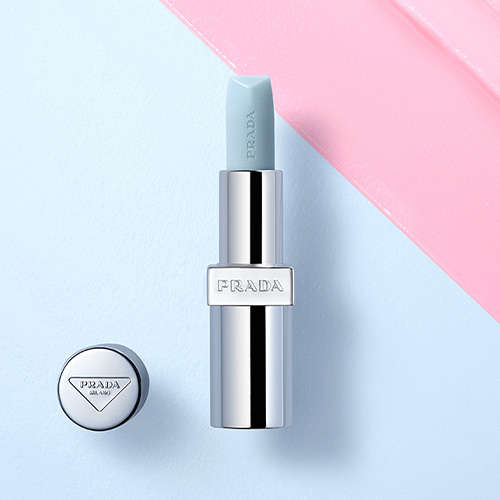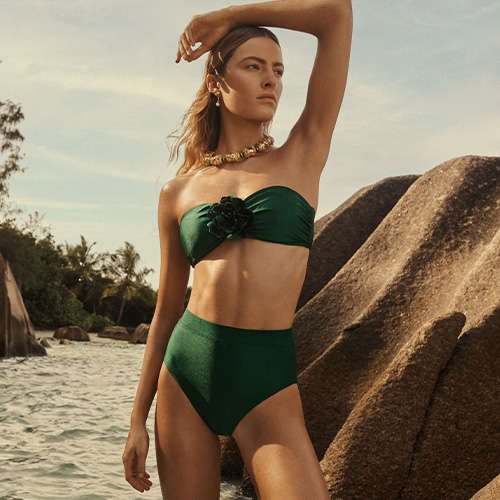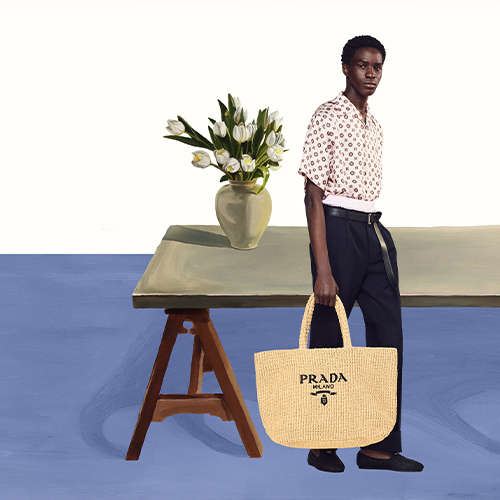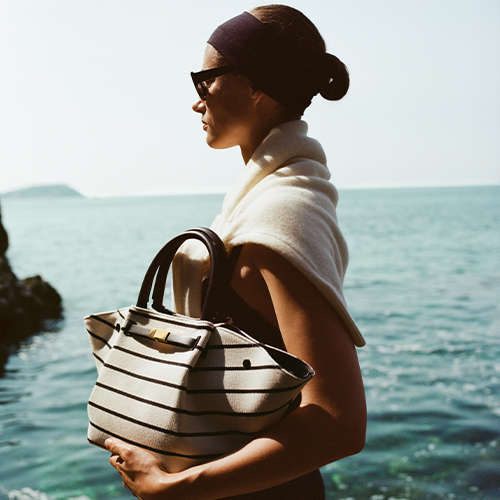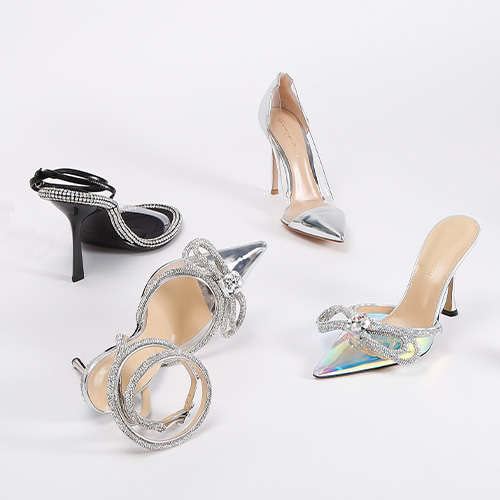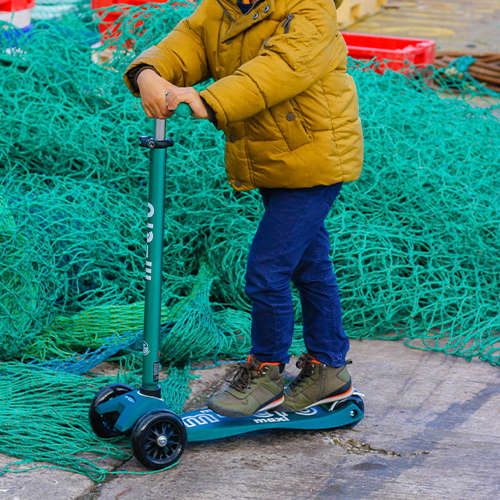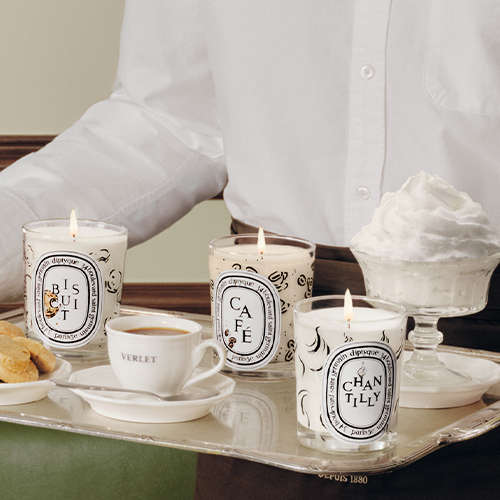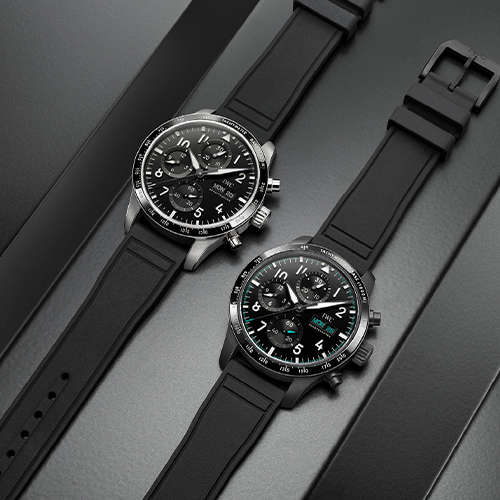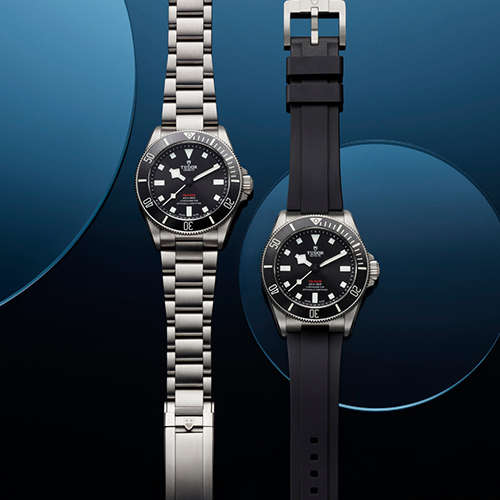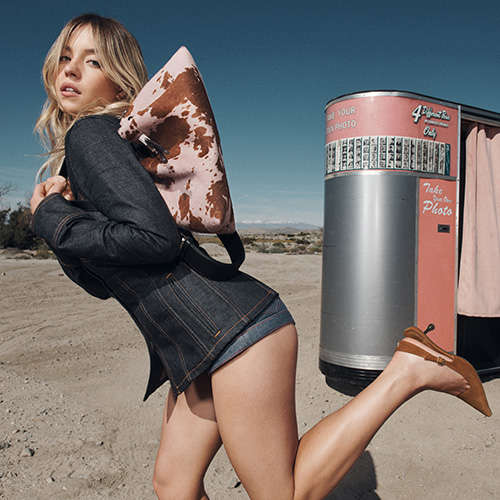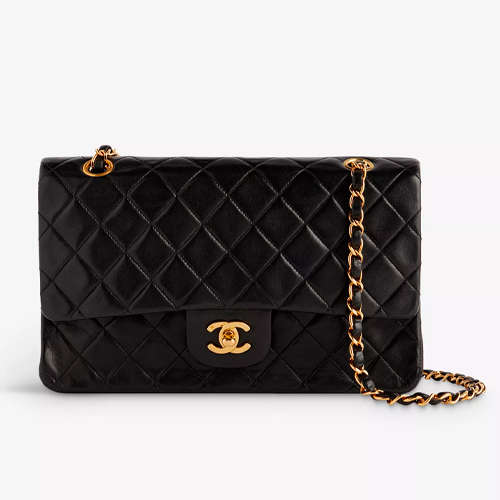- Australia / AUD $
- Canada / CAD $
- China / CNY ¥
- France / EUR €
- Germany / EUR €
- Hong Kong SAR China / HKD $
- Ireland / EUR €
- Italy / EUR €
- Japan / YEN ¥
- Kuwait / USD $
- Macao SAR China / HKD $
- Netherlands / EUR €
- Qatar / USD $
- Saudi Arabia / USD $
- Singapore / SGD $
- South Korea / KRW ₩
- Spain / EUR €
- Taiwan / TWD $
- United Arab Emirates / USD $
- United Kingdom / GBP £
- United States / USD $
- Not yours? Read more
Tell us what you think
Shop in your local currency and language
You are currently in United Kingdom GB / GBP £ store
- English
- English
- English
- English
- English
- English
- English
- English
- English
- English
- English
- English
- English
- English
- English
- English
- English
- English
- English
- English
- English
Did you know that we deliver to 130 countries or regions and offer a range of delivery options to suit you wherever you are in the world? Find out more
Sign up once to our Selfridges+ service and you can enjoy unlimited deliveries wherever you are in the world. FIND OUT MORE
International delivery
With almost everything on selfridges.com available for International Delivery, you can send your order to 130 countries or regions around the world, including North America, Australia, the Middle East and China.
Although we only offer 20 currencies to browse in online, you can still deliver to all of the following countries or regions:
- Algeria
- Andorra
- Antigua and Barbuda
- Aruba
- Australia
- Austria
- Azerbaijan
- Bahrain
- Bangladesh
- Barbados
- Belarus
- Belgium
- Belize
- Bermuda
- Bolivia
- Botswana
- Brunei
- Bulgaria
- Cambodia
- Canada
- Cayman Islands
- Chile
- China
- Colombia
- Costa Rica
- Croatia
- Cyprus
- Czech Republic
- Denmark
- Dominica
- Dominican Republic
- Ecuador
- Egypt
- El Salvador
- Estonia
- Finland
- France
- French Guiana
- Germany
- Gibraltar
- Greece
- Grenada
- Guadeloupe
- Guatemala
- Guernsey
- Guyana
- Honduras
- Hong Kong
- Hungary
- Iceland
- India
- Indonesia
- Ireland
- Israel
- Italy
- Jamaica
- Japan
- Jersey
- Jordan
- Kazakhstan
- Kenya
- Kuwait
- Laos
- Latvia
- Lebanon
- Lesotho
- Liechtenstein
- Lithuania
- Luxembourg
- Macau
- Malaysia
- Maldives
- Malta
- Martinique
- Mayotte
- Mexico
- Monaco
- Montserrat
- Morocco
- Myanmar
- Namibia
- Netherlands
- New Zealand
- Nicaragua
- Nigeria
- Norway
- Oman
- Pakistan
- Panama
- Paraguay
- Peru
- Philippines
- Poland
- Portugal
- Puerto Rico
- Qatar
- Reunion
- Romania
- Rwanda
- Saint Kitts and Nevis
- Saint Lucia
- Saint Martin (French part)
- San Marino
- Saudi Arabia
- Serbia
- Singapore
- Slovakia
- Slovenia
- South Africa
- South Korea
- Spain
- Sri Lanka
- Suriname
- Swaziland
- Sweden
- Switzerland
- Taiwan
- Tanzania
- Thailand
- Trinidad and Tobago
- Turkey
- Uganda
- Ukraine
- United Arab Emirates
- United Kingdom
- United States
- Uruguay
- Venezuela
- Vietnam
designer spotlight
GABRIELA HEARST
Words: Chekii Harling
One of the brightest names in fashion right now, Gabriela Hearst is helping to shine a light on what a more sustainable future for fashion might look like. To coincide with the launch of her exclusive-to-Selfridges Retro Fit capsule collection, we caught up with the designer.
A former model, fashion sales director and entrepreneur, Uruguayan designer Gabriela Hearst is reshaping the luxury landscape through her design ethos – focusing on impeccable tailoring, timeless craftsmanship and placing sustainability at the core of elegantly considered collections. Based in New York, her namesake label has been compared to The Row, described as an American version of Hermès and garnered a fanbase of powerful women including Gillian Anderson, Laura Dern, Gugu Mbatha-Raw and Nicole Kidman.
Exclusively for Project Earth, our initiative exploring more sustainable ways to shop, the designer has created the Retro Fit collection, which you can shop here at selfridges.com and at Selfridges London on 2 in an installation space kitted out with reused De La Espada furniture. For this capsule, Hearst reworked archival pieces with dip-dyeing, tailoring and her signature hand-worked blanket stitching technique, alongside transforming existing bags into the limited-edition Ana bucket bag. Read on to hear from the innovative designer herself and shop the earth-conscious edit.
Gabriela Hearst AW20. Image courtesy of Gabriela Hearst
You grew up on your family’s ranch in Uruguay – how did that influence you?
We were two-and-a-half hours away from any city, so I grew up with imagination as my main toy. We had lots of horses, grew our own fruit and vegetables, and made our own soap. I grew up with an appreciation of quality and an awareness of where things come from. I brought my kids up in the city, so often I have to explain to them that not everything comes from Whole Foods!
What prompted the move into the city?
When I was five years old, I was sent to Montevideo to live with my grandma, to get a British education. I later moved to Australia for one academic year, and when I came back, I fell in love with New York on my first visit – I remember thinking, ‘I’m going to live here’. True to my dreams, in 2000, I moved to New York to study performing arts.
Gabriela Hearst AW20. Image courtesy of Gabriela Hearst
When did you become interested in clothing?
I always painted on clothes, but my first fashion experience came after I watched Cinderella, when I was six. I remember cutting up my grandma’s dresses that were made from handmade lace – instead of killing me, she started laughing. That was the first feeling I had of wanting to transform clothes. At my audition for the performing arts school – which I had no background in – I wore a T-shirt that I had painted myself, so that the creativity question would be off the table.
What did modelling teach you about the fashion industry?
I was a rubbish model because I wasn’t good at following instructions, but it taught me how to deal with rejection. You get rejected more than getting the gigs as a model, so in hindsight it was a good experience.
Doing a retrofit collection was a dream of ours for a few years, and to be able to have this platform to manifest it is really a dream. Also, it’s extremely exciting that Selfridges is using their platform to promote the biggest crisis we are facing as a species.
The limited-edition Ana bag, crafted from existing handbags. Image courtesy of Gabriela Hearst
When did you start designing clothes?
After my performing arts course, I didn’t want to work as a hostess or a waitress anymore, so I got a job working for a young designer who was selling in eight stores at the time. I loved it. I learnt how to silk-screen print and helped take her from eight stores to 35 stores – that’s when I realised I had a knack for both the creative part and business part of it. One of the showrooms that I secured for her then hired me as the Director of Sales, but I wanted to have my own label, so my two Latin business partners and I started a [contemporary fashion] brand called Candela. We each had only $700 to invest, so we made silk-screen T-shirts that featured an image of my mum on a horse.
Where do you look for creative inspiration?
It can be kind of crazy! I’ve been watching the Netflix show Formula 1: Drive to Survive – if you don’t like cute guys and fast cars, don’t watch it! The similarities between the fashion industry are insane; it’s so competitive.
The limited-edition Ana bag, crafted from existing handbags. Image courtesy of Gabriela Hearst
How did you get Candela off the ground?
I was working at this showroom in LA and I just put the brand on one of the stands reserved for one of the [showroom] designers. All my colleagues were, like, ‘you are getting fired today’. In one day, I sold $8,000 worth of clothing from my collection; we ended up going from zero dollars to one million dollars in a year. You have to make money from a business, otherwise you cannot pay your rent. That was my schooling in fashion…until Gabriela Hearst.
Why did you then launch Gabriela Hearst?
I wanted to do tailoring, expand my skills and use higher-quality fabrics. Gabriela Hearst was created with long-term sustainable values. In your twenties, you want to please and say ‘yes’ to every department store, but in your forties you [realise you] can say ‘no’. I don’t over-distribute; we have long-term partners like Selfridges that Gabriela Hearst can grow with.
What stops a lot of designers from moving towards sustainable practices is a feeling that they need to do it perfectly, but perfect doesn’t exist.
Gabriela Hearst AW20. Image courtesy of Gabriela Hearst
Who is the Gabriela Hearst customer?
She is an active woman in the world. [Our customers] are lawyers, scientists, politicians, royalty, and those in leadership roles who use their platforms to help and illuminate others. At the end of the day, I’m a glorified seamstress. I feel so humbled and honoured that these powerful women want to wear my clothes.
What materials do you work with?
Gabriela Hearst pieces are made from natural fibres with the highest-quality craftsmanship. We work a lot with multi-generational, family-run mills that care about how products are produced. One of my favourite materials is aloe linen, but if I had to work with one material for the rest of my life, it would be merino wool – for its resilience. What people don’t realise is that wool can protect you through the seasons because it regulates your body temperature – in Roman times, that was how Europeans were dressed.
How can you tell whether materials are sustainable?
Research. I am also able to distinguish authenticity and quality pretty quickly. I have a ‘no-plastic policy’ in my company: there are no plastic bottles in the store or in the showroom. We have cardboard hangers, and all of our packaging is compostable.
How does Gabriela Hearst put on fashion shows while staying true to the brand’s values?
Everything was reclaimed at our last show; the set was made from bales of recycled paper that went back to the recycling facility. It was a beautiful show about waste. Waste does not exist in nature, it’s a design flaw. We also worked in collaboration with the production company EcoAct, who helped us to measure the brand’s carbon footprint.
I have a no-plastic policy in my company: there are no plastic bottles in the store, we have cardboard hangers and all of our packaging is compostable.
The limited-edition Ana bags, crafted from existing handbags. Image courtesy of Gabriela Hearst
Why did you decide to offset the carbon emissions produced by your runway show last season?
Neutrality is like when you visit a restaurant and you give an extra tip: it is good, but the best thing you can do is not produce as much carbon in the first place. We also implemented Eon technology so that all the raw materials that were used to make the garments are traceable for the customer via a QR code attached to the garments. It tells them why we decided to use that particular hemp, for instance.
Do you think customer-facing ‘field-to-fashion’ technology will become mainstream?
Yes! We cover the largest organ we have – the skin – in clothing. We saw the change in food, when people became concerned about what they put inside their bodies, and they will soon care about what they put on the outside of their bodies. I think what stops a lot of designers from moving towards sustainable practices is a feeling that they need to do it perfectly, but perfect doesn’t exist.
What are some key facts on this theme that you would like to pass on?
At least 80% of the waste is produced at the design table; we are feeding overproduction, which then feeds into overconsumption.
Only a quarter of resources taken from the planet get used – everything else goes to waste. One trillion dollars’ worth of produce is wasted in the food industry, think of that.
What are your thoughts on the fact that some people believe that fashion that has a low environmental impact is too expensive?
We create honest luxury; our garments have a price point because that’s what it takes to make them. Often, brands sell garments for €10,000 that are made from fabric that costs €10, so there is a lot of marketing in between. I have zero budget for marketing; it’s all about the product.
How can looking to the past help us to build a more ethical future for fashion?
Just after the Industrial Revolution, everything was made by the cottage industries – from buttons to lace – and production was localised. Then, in Italy, after the Second World War, there were restrictions on wool, so the Italians started to create these amazing polyester fabrics. We need to go back to an existence with no polyester fabrics – unless we’re using polyester that’s been recycled using mechanics rather than chemicals. I am someone who is passionate about sustainability, but I still feel like I don’t know enough.

